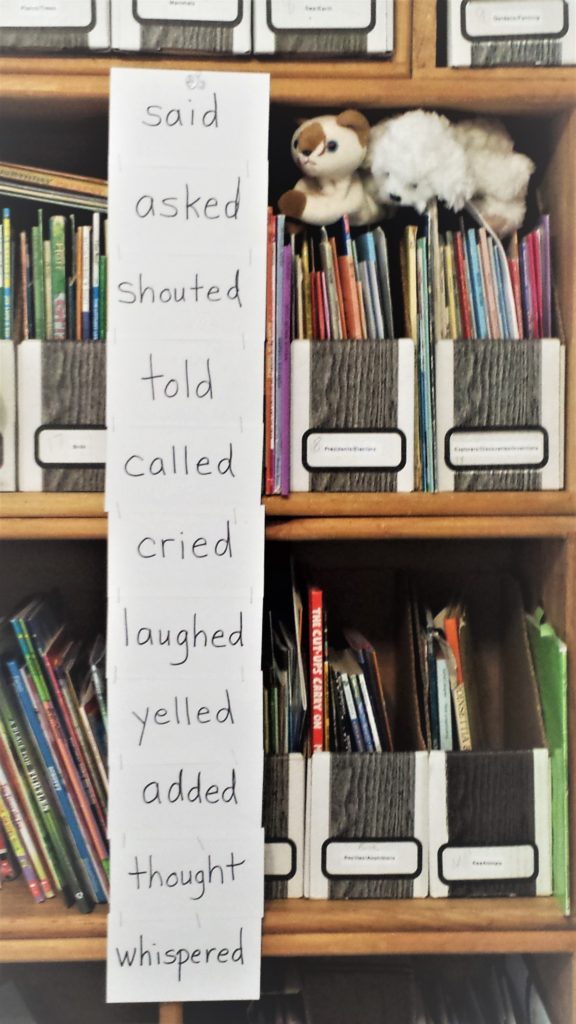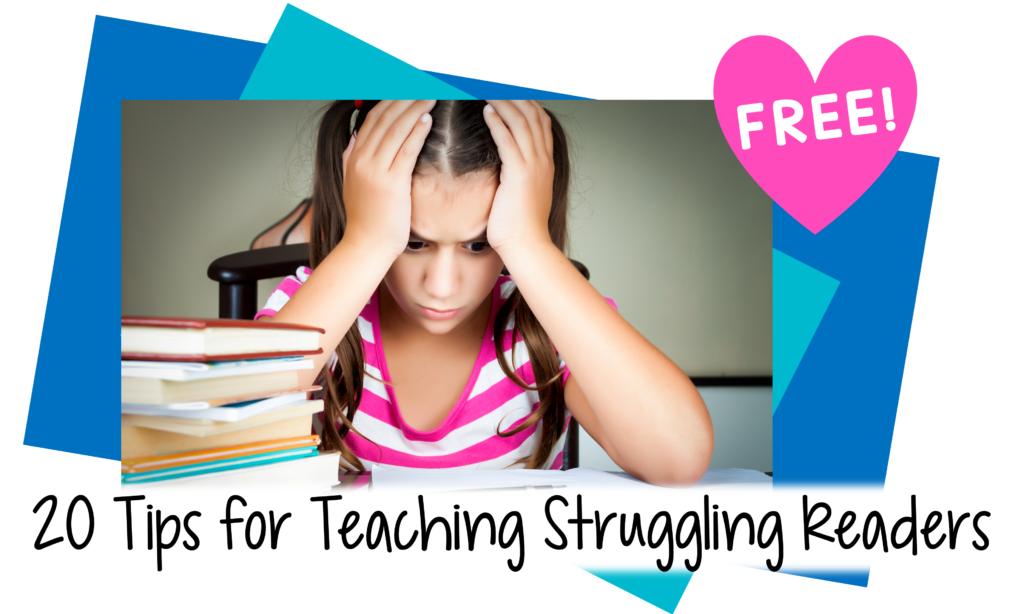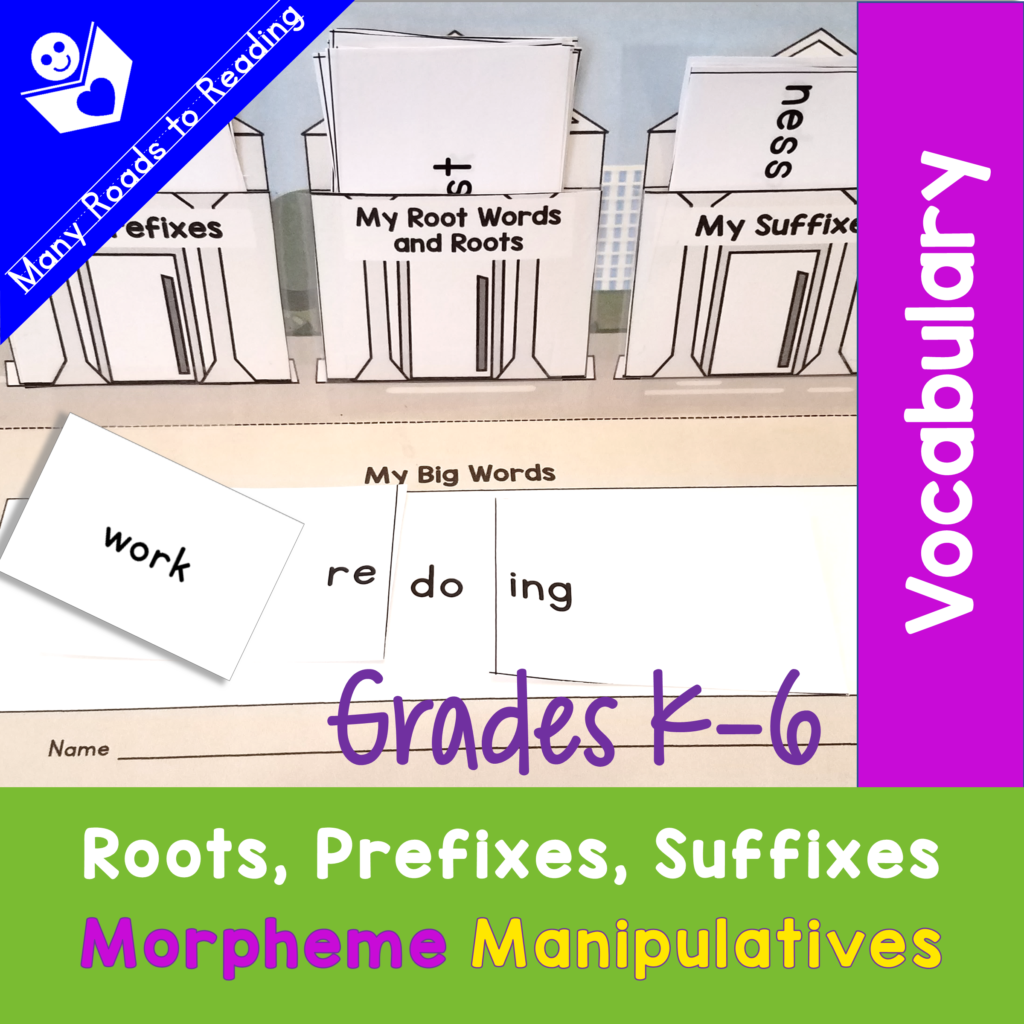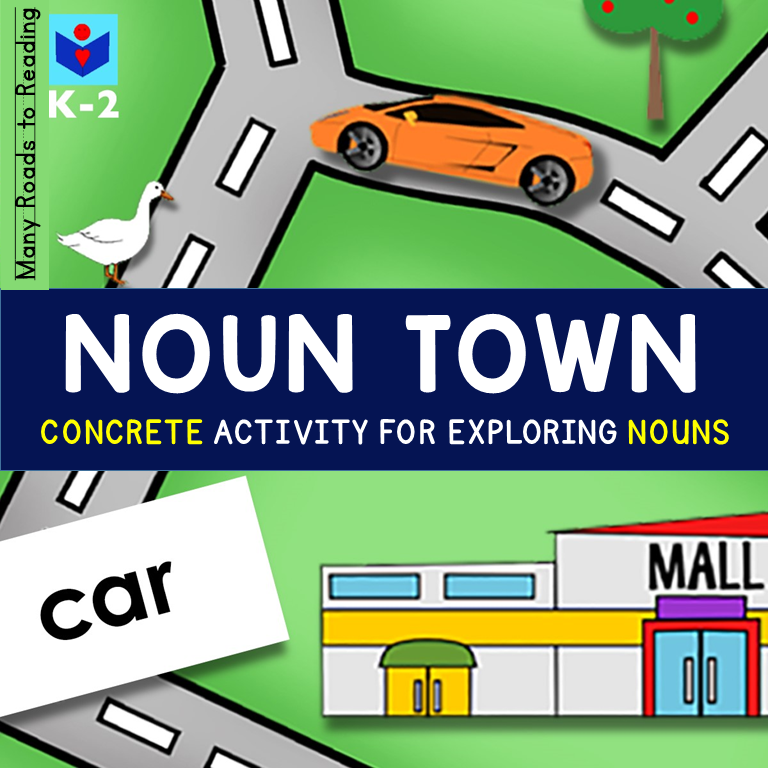
Teaching word meanings at the primary level is often overlooked because there is so much else to cover, but vocabulary development will improve students’ listening and reading comprehension through their school years and beyond. Of course you already knew that…
Listening Vocabularies
Because young children don’t have the skills for unlocking unfamiliar words, teaching vocabulary for them begins with readalouds. Hearing new words naturally within a story helps kids learn their meanings, and going over the words before and after the reading improves retention. Demonstrating how to use context to figure out word meanings is a first step toward close reading. It’s also fun to make games out of learning new words, such as seeing whether students can use the new word in a sentence the same day.
Some teachers like to bring dictionaries into teaching vocabulary in the early grades. My experience has been that mandatory dictionary activities can hamper children’s interest in learning new words. I wait until kids are older to introduce dictionaries and thesauruses (thesauri?), but feel free, if you so desire.
Reading Vocabularies
Beginning readers do not have the skills to sound out unfamiliar words, much less words that that are outside their listening vocabularies, so expanding these students’ reading vocabularies is a slower process than developing their listening vocabularies.
I begin by helping young ones amass a strong sight vocabulary of high frequency words they are encountering in their books. A core of known words serves as a framework on which they can build more word knowledge. Check out these blog posts:
Teaching the Pre-Alphabetic Reader: Early Sight Words
Should we teach sight words? Yes
Next I branch out by showing readers the meaningful parts of the words they are learning – morphemes. I love teaching morphemes because the payoff is so great. Morphemic awareness strengthens reading, spelling, and listening skills. Here are some quick steps for teaching meaningful word parts:
- Compound words (into, today)
- Inflections (looking, going, seeing, playing; plays, playing, played, player).
- Early prefixes (replay, unhappy)
- Early suffixes (-ful, -ness)
Here’s a relevant blog post: Teaching Morphemic Awareness.
Another way to expand children’s semantic awareness is by teaching them synonyms. It’s a real eye-opener for kids to realize that different words can have similar meanings.
The following shades of meaning activity makes beginning readers into detectives while improving their reading. After students have learned the word said, alert them to watch for other “said words” in books. At first you will have to point these words out (asked, said, etc.), but soon youngsters will catch on and have fun discovering these synonyms for themselves! As they come across more words in the speaking category, discuss the differences in meaning and make a chain of the words that they can add to, little by little.

This said activity can lead to a discussion of general vs. specific word meanings. It’s fun to see, for instance, how many words the class can think of that mean the same as the general words good or go.
Kids also enjoy learning about antonyms. Finding antonyms is a bit like solving puzzles. Children are surprised to learn, however, that not all words have opposites.
Youngsters also enjoy learning that words can be spelled and pronounced the same but have different meanings (homonyms – bat, saw). More challenging, however, are homophones – words that are pronounced the same but spelled differently and have completely different meanings (e.g., too, to, two). Even some adults have trouble with homophones! (BTW, I don’t use technical these terms with students.)
Children will slowly become aware that there are different kinds of words. When students are ready, I teach asking words (who, what, where, when, why, how).
We can introduce parts of speech early on, as well. Sorting nouns into people, animals, places, and things is a first step. Creating noun towns is a fun, concrete way for primary level kids to learn about the subtypes of nouns.
Suggested Early Vocabulary Activities:
- Encourage parents to read aloud to their children.
- Teach new words before, during, and after readalouds.
- Teach how to use context to guess at word meanings.
- Gradually expand youngsters’ morphemic awareness.
- Teach synonyms, antonyms, homonyms, and homophones.
- Introduce parts of speech, beginning with different kinds of nouns.
- Show children how words can have shades of meaning.
- Make chains of synonyms.
- Make lists of words with specific, rather than general, meanings (good: fine, great, wonderful)
- Play Categories with your students. (Click on image to download.)
As we introduce vocabulary activities to young readers, we can try to instill in them an awareness of the rich variety of words and connections between them. Hopefully this appreciation will lead to their increasing curiosity about words and about language in general. Have you ever taught a child who you knew was a word lover? It’s so gratifying.
Tune in next time for Teaching Vocabulary, Part 2: Exploring Words More Deeply!








Leave a Reply